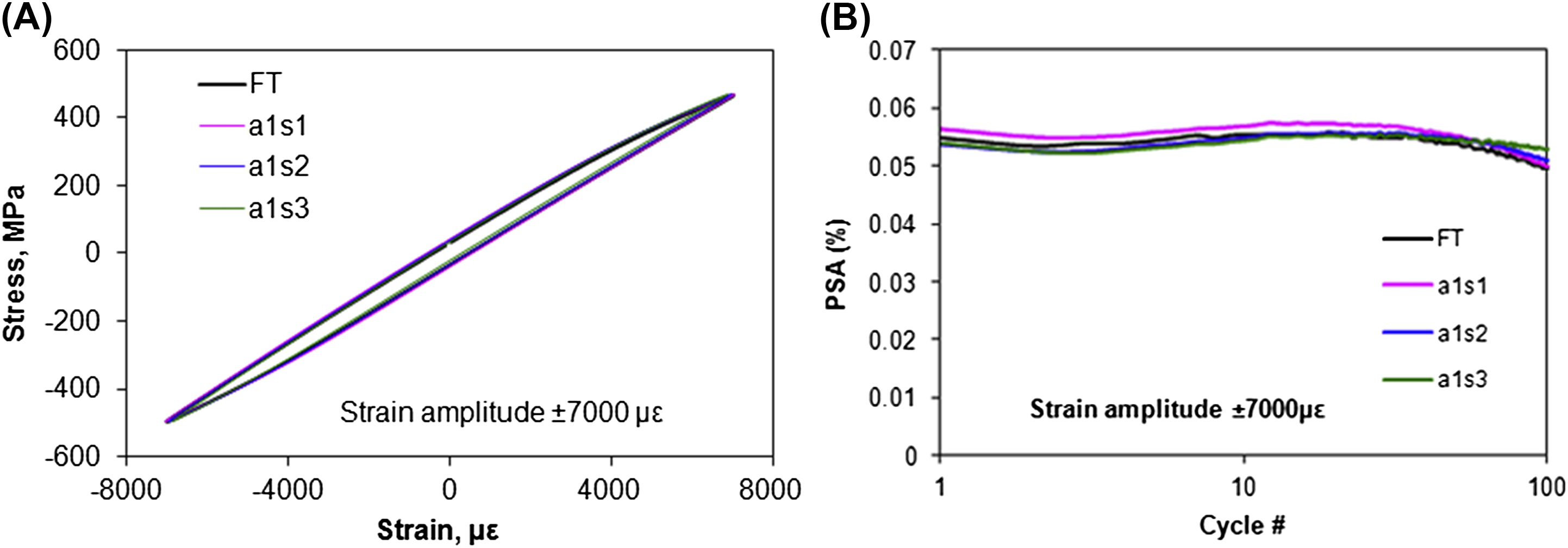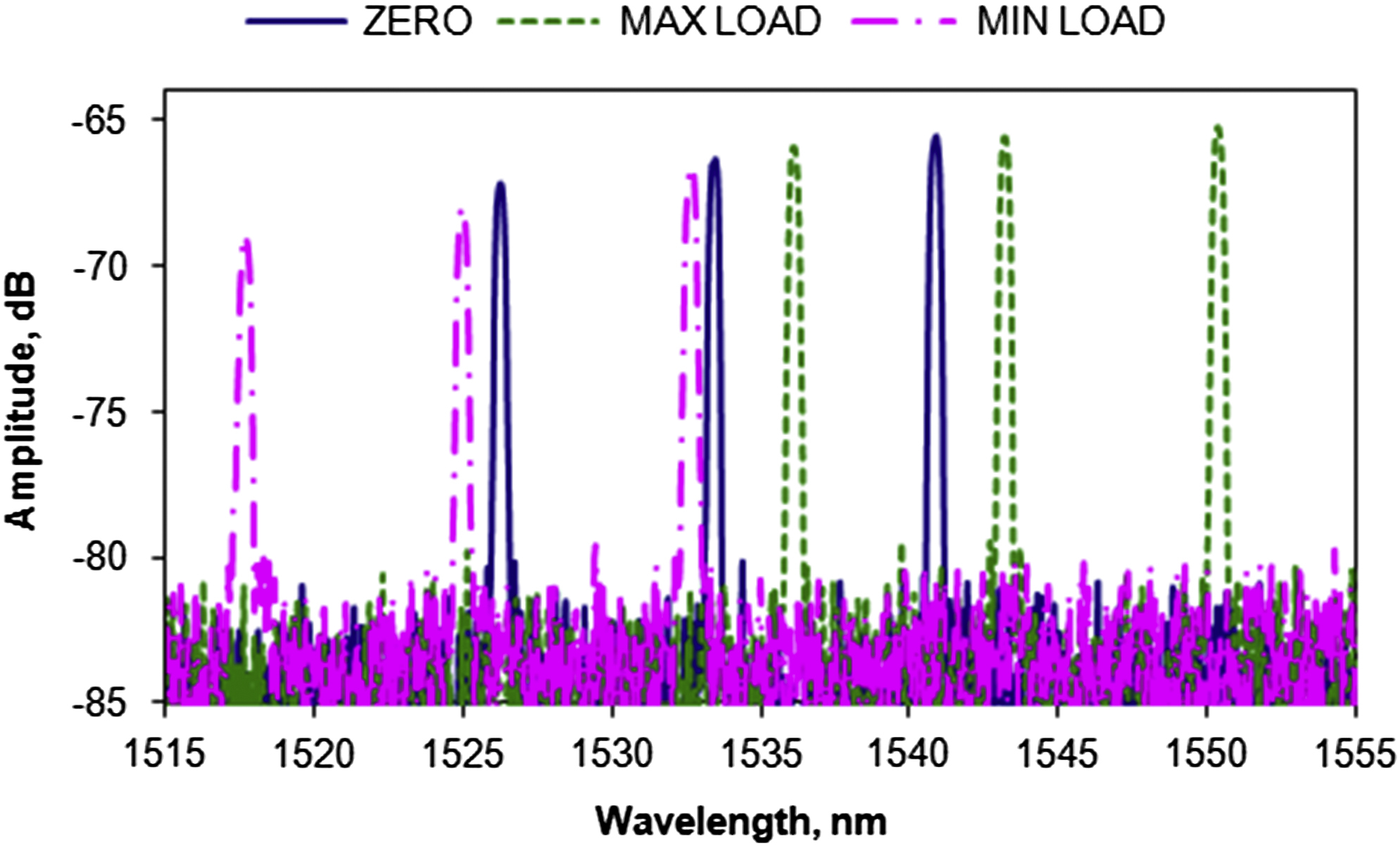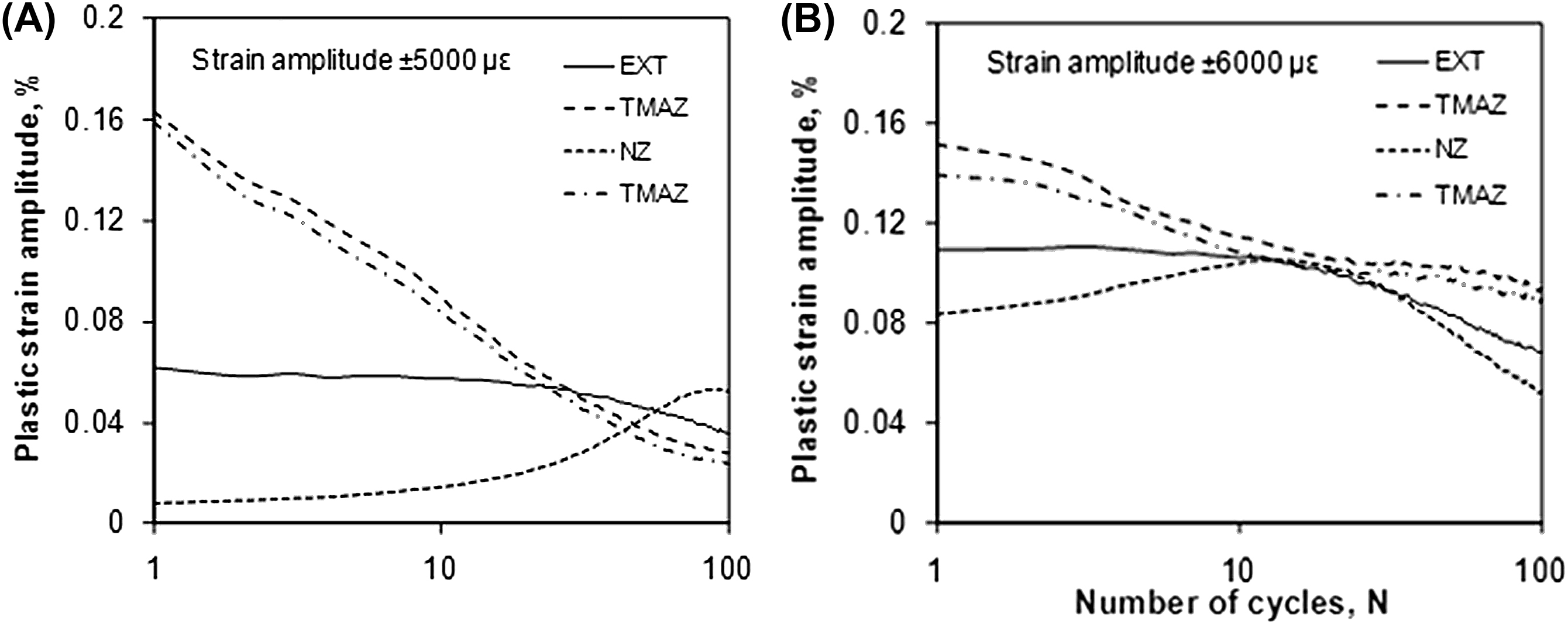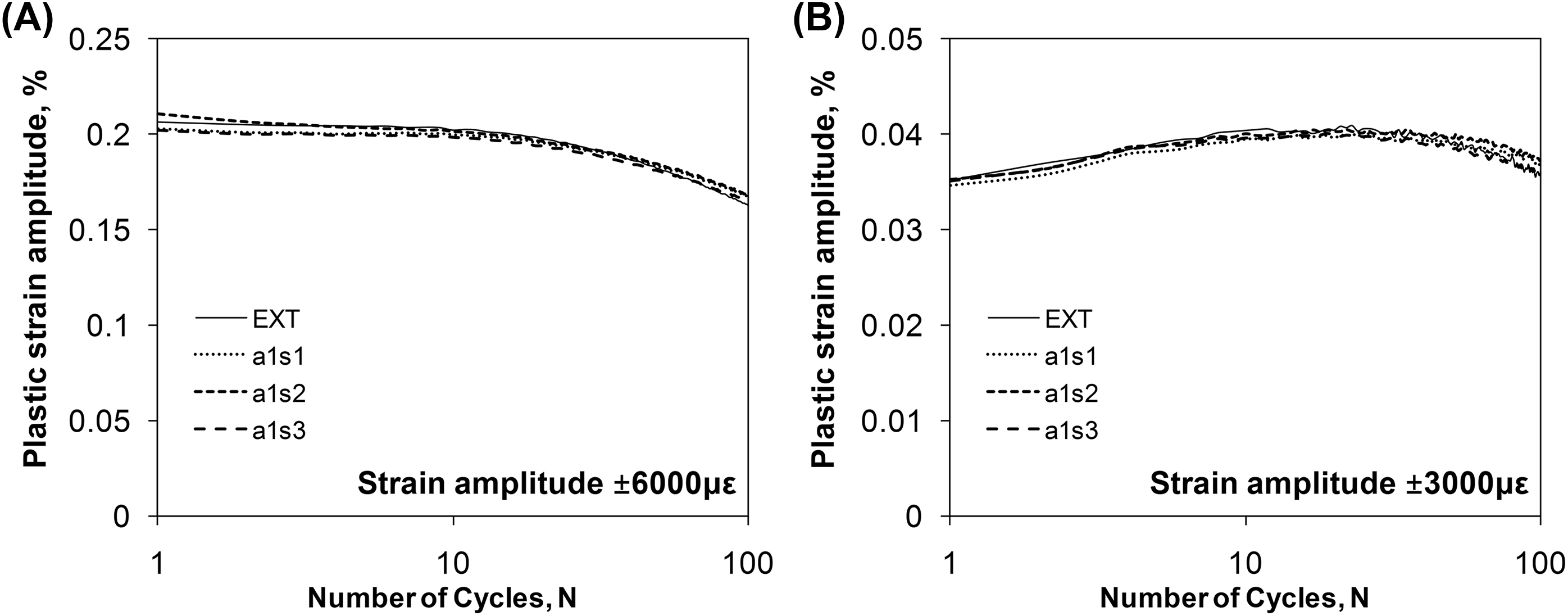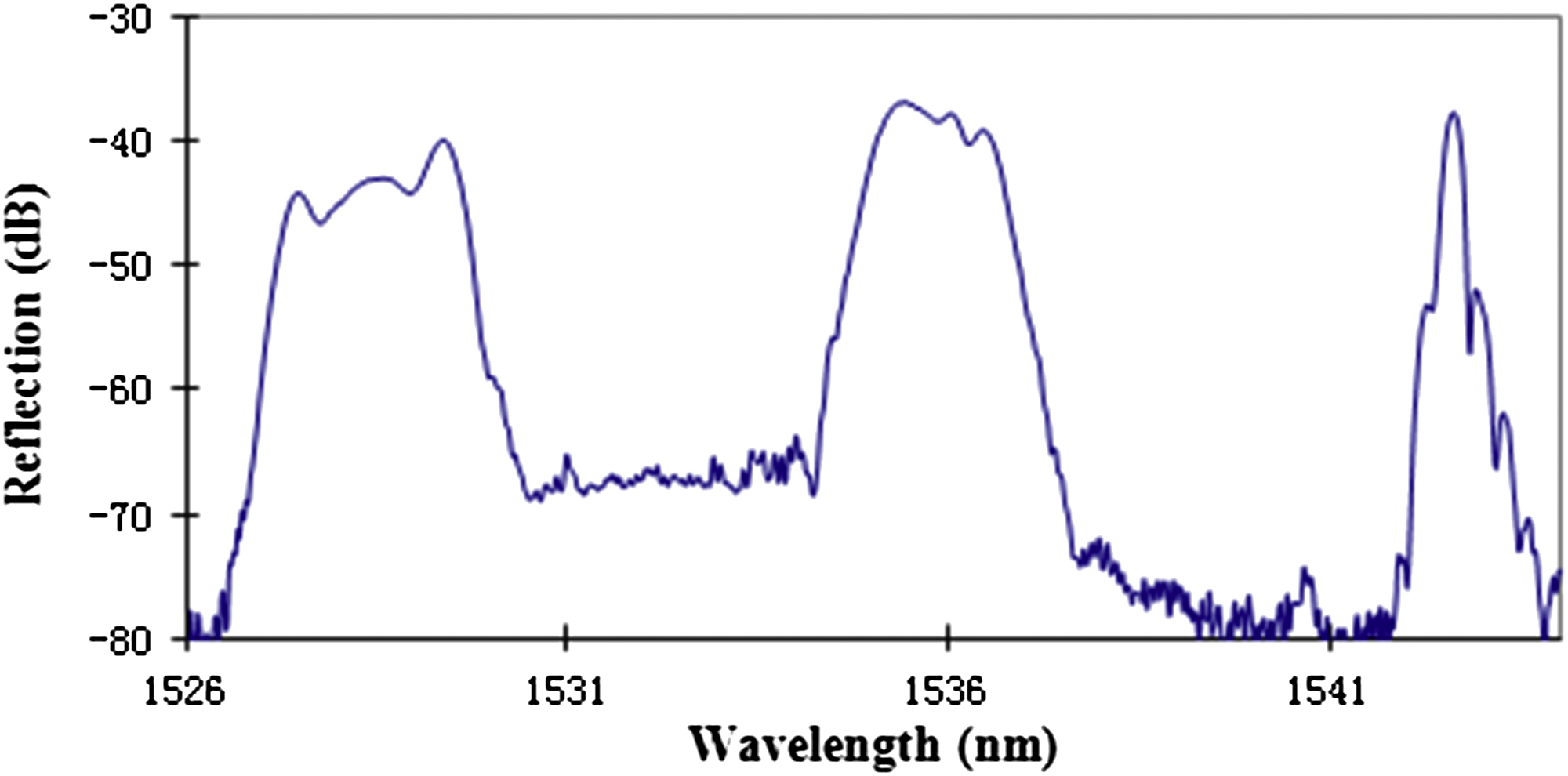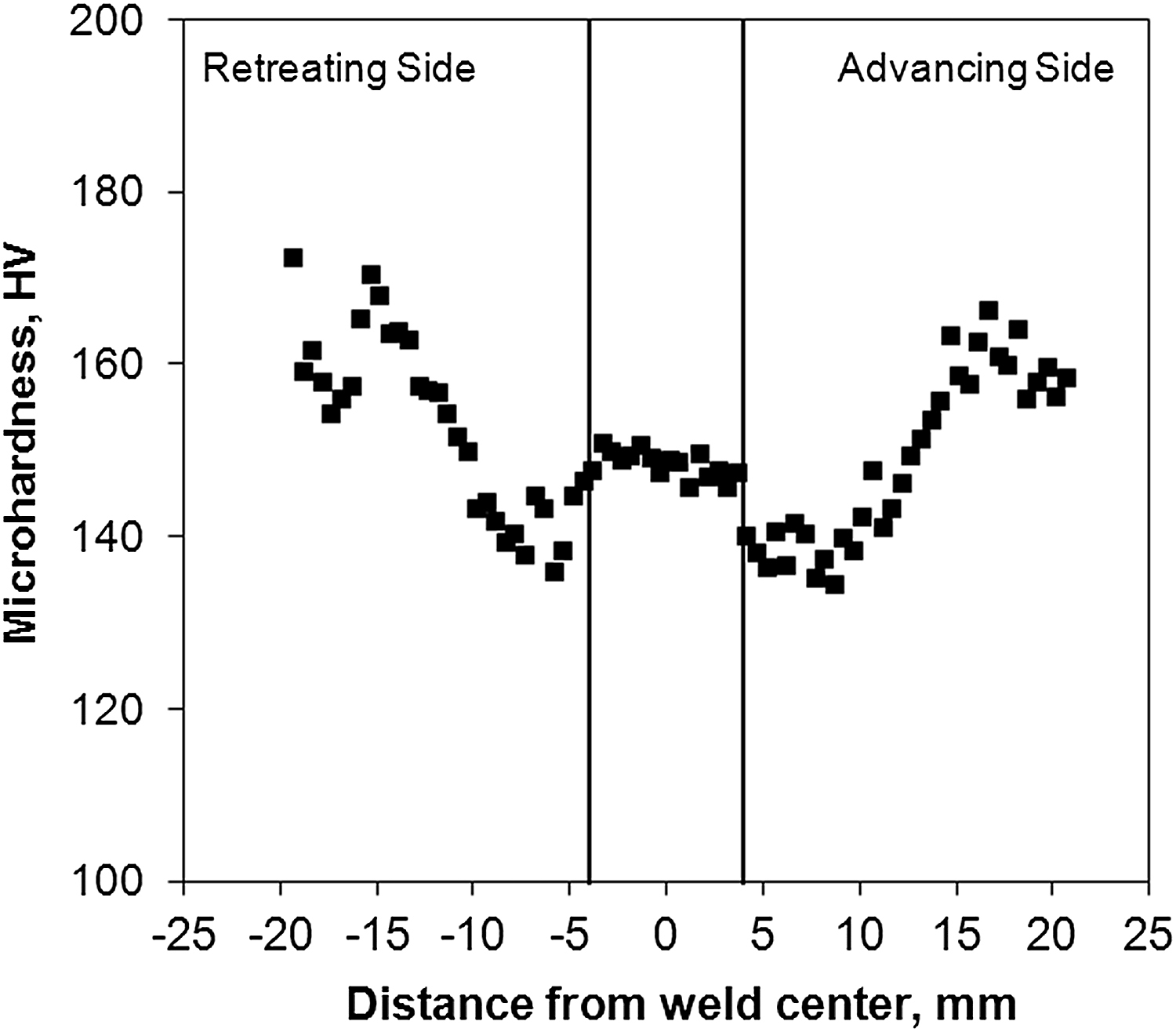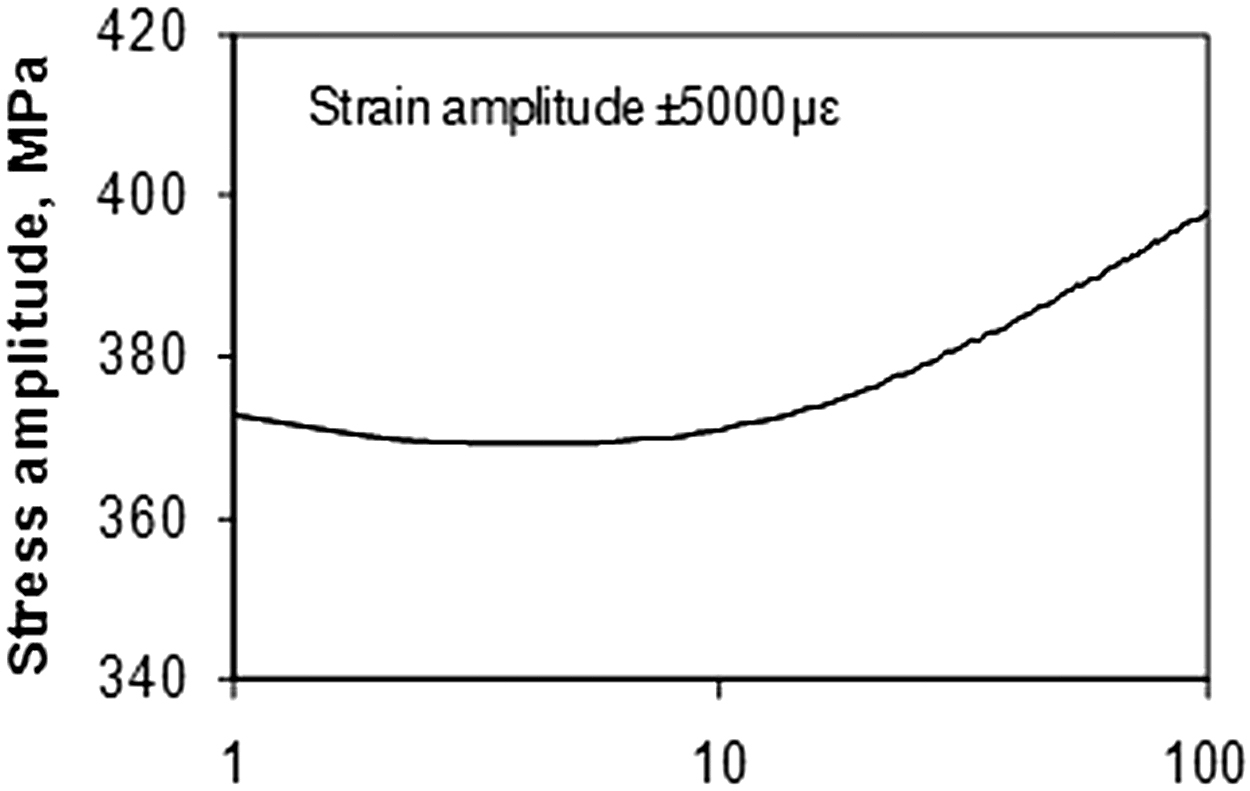[1] Russel M, Lee K.L. Structure-property relations in nonferrous metals. John Wiley & Sons, Inc., Publication; 2005:69.
[2] Lu H, Hussain R, Zhou M, Gu X. Fiber bragg grating sensors for failure detection of flip chip ball grid array in four-point bend tests. IEEE Sensors Journal. 2009;9:457–463.
[3] Wan K.T, Leung C.K.Y, Olson N.G. Investigation of the strain transfer for surface-attached optical fiber strain sensors. Smart Materials and Structures. 2008;17:35–37.
[4] Betz D.C, Thursby G, Culshaw B, et al. Advanced layout of a fiber Bragg grating strain gauge rosette. Journal of Lightwave Technology. 2006;24:1019–1026.
[5] Nellen P.M, Broennimann R, Held M, et al. Reliability of optical fiber components, devices, systems, and networks. SPIE Journal. 2003;4940:174–182.
[6] Lin X.Z, Chen D.L. Strain controlled cyclic deformation behavior of an extruded magnesium alloy Elsevier. Materials Science and Engineering A. 2008;496:106–113.
[7] Thomas W.M, Nicholas E.D, Needham J.C, et al. Friction stir butt welding GB Patent Application No. 9125978.8. 1991.
[8] Mishra R.S, Ma Z.Y. Friction stir welding and processing. Materials Science and Engineering R. 2005;50:1.
[9] Threadgill P.L, Leonard A.J, Shercliff H.R, et al. Friction stir butt welding of aluminium alloys. International Materials Reviews. 2009;54(2):49.
[10] Nandan R, DebRoy T, Bhadeshia H.K.D.H. Recent advances in friction-stir welding: process, weldment structure and properties. Progress in Materials Science. 2008;53:980.
[11] Fairman M, Afrin N, Chen D.L, et al. Microstructure evaluation of friction stir processed AZ31B-H24 magnesium alloy. Canadian Metallurgical Quarterly. 2007;46:425.
[12] Afrin N, Chen D.L, Cao X, et al. Microstructure and tensile properties of friction stir welded AZ31B magnesium alloy. Materials Science and Engineering A. 2008;472:179.
[13] Feng A, Chen D.L, Li C, et al. Flat-cladding fiber bragg grating sensors for large strain amplitude fatigue tests. Sensors. 2010;10:7674–7680.
[14] Kong L.X, Lin L, Hodgson P.D. Material properties under drawing and extrusion with cyclic torsion. Materials Science and Engineering A. 2001;308:209.
[15] Dirras G.F, Duval J.L, Swiatnicki W. Macroscopic behavior versus dislocation substructure development under cyclic shear tests on the aluminium-3004 alloys. Materials Science and Engineering A. 1999;263:85. .
[16] Minak G, Ceschini L, Boromei I, et al. Effect of friction stir welding on microstructure, tensile and fatigue properties of the AA7005/10 vol.% Al2O3p composite. Composites Science and Technology. 2007;67:605.
[17] Kainer K.U. Magnesium alloys and technology. Cambridge: Wiley-VCH; 2003.
[18] Luo A.A. Magnesium: current and potential automotive applications. JOM: The Journal of the Minerals, Metals and Materials Society. 2002;54(2):42–48.
[19] Luo A.A. Wrought magnesium alloys and manufacturing processes for automotive application. SAE International Journal of Materials and Manufacturing. 2005;114:411–421.
[20] Noster U, Scholtes B. Isothermal strain-controlled quasi-static and cyclic deformation behavior of magnesium wrought alloy AZ31. Z Metallkd. 2003;94(5):559–563.
[21] Hasegawa S, Tsuchida Y, Yano H, et al. Evaluation of low cycle fatigue life in AZ31 magnesium alloy. International Journal of Fatigue. 2007;29(9–11):1839–1845.
[22] Begum S, Chen D.L, Xu S, et al. Low cycle fatigue properties of an extruded AZ31 magnesium alloy. International Journal of Fatigue. 2009;31:726–735.
[23] Li C, Gu X, Feng A.H, et al. Localized cyclic strain measurements of friction stir welded aluminum alloy using a flat-cladding fiber bragg grating sensors array. IEEE, Sensors Journal. 2010;10(4):888–892.
[24] Wu L, Jain A, Brown D.W, Stoica G.M, et al. Twinning-detwinning behavior during the strain-controlled low-cycle fatigue testing of a wrought magnesium alloy, ZK60A. Acta Meterialia. 2008;56(4):688–695.
[25] Wu L, Agnew S.R, Brown D.W, et al. Internal stress relaxation and load redistribution during the twinning-detwinning-dominated cyclic deformation of a wrought magnesium alloy, ZK60A. Acta Meterialia. 2008;56(14):3699–3707.
[26] Mann G.E, Sumitomo T, Caceres C.H, et al. Reversible plastic strain during cyclic loading-unloading of Mg and Mg-Zn alloys. Materials Science and Engineering A. 2007;456:138–146.
[27] Choi J.W, Shin K.S. Development of high performance magnesium alloys via microstructure and texture control. Materials Science Forum. 2009;618–619:249–252.
[28] Muransky O, Carr D.G, Šittner P, et al. In situ neutron diffraction investigation of deformation twinning and pseudoelastic-like behaviour of extruded AZ31 magnesium alloy. International Journal of Plasticity. 2009;25:1107–1127.
[29] Begum S, Chen D.L, Xu S, et al. Effect of strain ratio and strain rate on low cycle fatigue behavior of AZ31 wrought magnesium alloy. Materials Science and Engineering A. 2009;A517(1–2):334–343.
[30] Li B.Q, Sui M.L, Li B, et al. Reversible twinning in pure aluminum. Physical Review Letters. 2009;102:#205504 1–4.
[31] Wu Z.X, Zhang Y.W, Srolovitz D.J. Dislocation-twin interaction mechanisms for ultrahigh strength and ductility in nanotwinned metals. Acta Materialia. 2009;57:4508–4518.
[32] Shabib I, Miller R.E. Deformation characteristics and stress–strain response of nanotwinned copper via molecular dynamics simulation. Acta Materialia. 2009;57:4364–4373.
[33] Sansoz F, Huang H.C, Warner D.H. An atomistic perspective on twinning phenomena in nano-enhanced fcc metals. Journal of the Minerals, Metals, and Materials Society. 2008;60(9):79–84.
[34] Dieter G.E. Mechanical metallurgy. USA: McGraw-Hill Series; 1986.

